Condition-based maintenance (CBM) has emerged as a transformative approach in the oil and gas industry, shifting the paradigm from traditional preventive maintenance to a more intelligent and data-driven strategy. As operators strive to improve efficiency, reduce downtime, and minimize costs, CBM offers a way to align maintenance activities with the actual condition of equipment.
What is Condition-Based Maintenance?
Condition-based maintenance, or CBM, is a proactive maintenance strategy to monitor the equipment performance and maintenance needs using real-time data. CBM, or condition-based maintenance, identifies the state of the asset by sensor-collected real-time data. When the data warns that the machine condition is unsatisfactory, maintenance is performed. Condition-based maintenance avoids unnecessary time-bound maintenance tasks and maximizes productivity by reducing downtime.
Key Components of CBM
CBM leverages real-time data to optimize maintenance interventions. The key components of a condition-based maintenance strategy are:
- Condition Monitoring: The continuous or periodic measurement of various parameters (e.g., vibration, temperature, pressure, and acoustic emissions) that indicate the health of an asset.
- Data Analysis: The processing and analysis of condition monitoring data to identify trends, anomalies, and potential failures.
- Decision-Making: Utilizing data insights to inform maintenance schedules, thereby minimizing unnecessary interventions.
- Feedback Loop: Continuous improvement through feedback mechanisms, ensuring that maintenance strategies are adapted based on performance outcomes.
Condition-based maintenance philosophy decides the equipment condition by:
- Visual inspections
- Various NDT tests
- Real-time data gathered by sensors.
Working Principle of Condition-based Maintenance
Condition-based maintenance works using the following three simple steps:
- Capturing sensor data,
- Communicating data, and
- Performing maintenance work.
Capturing Sensor Data
In this stage of the Condition-based maintenance philosophy, various non-destructive tests are performed using condition-monitoring sensors. Such sensors check the conditions of the machine. The main parameters that are checked during the equipment’s working condition are vibration, temperature, pressure, etc. Some of the widely used condition-monitoring sensors include:
- Accelerometers: They measure vibration, velocity, and displacement.
- Infrared Cameras: They can detect heat and display results on a thermal image.
- Fluid Condition Sensors: These tools observe the fluid condition.
- Tank Level Sensors: These sensors check and monitor the fluid level in a tank.
- Pressure Transducers: They measure fluid pressure. (Both liquids and gases)
- Ammeters: They gauge the current running through a circuit.
- Ferrography
Communicating Data
When a CBM sensor finds any monitored parameter out of its operating range, it must be communicated properly to a technician for remedial action. The communication may be in any form like an alarm, message, PLC, HMI, or SCADA.
Performing Maintenance Work
Once the sensor-monitored data creates a notification the maintenance team is alerted for fixing the problem. A work order is created and the maintenance of the equipment is performed.
Benefits of Condition-based Maintenance
Condition-based maintenance provides various advantages like:
- Optimized Time Spent on Maintenance, Over maintenance is eliminated.
- Increase plant efficiency by correcting performance-affecting issues.
- Less Disruption of Production.
- Increase employee safety by confirming the equipment is in good condition.
- Lowered Chance of Catastrophic Failure.
- Reduced Asset Downtime.
- Increased profitability.
- Improves worker safety.
- Improve reliability and ROI for equipment.
- Reduces the possibilities of collateral damages.
- Quicker problem diagnosis.
The Importance of CBM in the Oil and Gas Industry
The oil and gas industry operates in highly demanding environments where equipment reliability is crucial for operational success. Factors such as extreme weather conditions, corrosive materials, and high-pressure operations increase the likelihood of equipment failure. By adopting CBM, operators can achieve several key benefits:
- Reduced Downtime: Timely maintenance based on actual conditions reduces unplanned downtime.
- Cost Efficiency: Minimizing unnecessary maintenance activities saves money and resources.
- Enhanced Safety: By ensuring equipment is maintained based on its condition, the risk of catastrophic failures is lowered.
- Extended Asset Life: Regularly monitoring equipment conditions can identify issues before they lead to significant damage.
Implementing Condition-based Maintenance Philosophy
Condition-based maintenance in any plant can be implemented as follows:
- Identify your critical and expensive equipment that may cause serious loss or risk.
- Determine the most appropriate tools to detect equipment degradation or failure possibility.
- Set thresholds to trigger CBM alerts when there is a deviation in data from the normal condition.
- Manage and organize the data.
- Appoint the right person who can take necessary action based on the data.
The major steps for CBM implementations can be described as follows:
Step 1: Establish a Baseline
To effectively implement CBM, organizations must first establish a baseline of normal operating conditions. This involves collecting data over time to understand how equipment behaves under typical operational parameters.
Step 2: Select Appropriate Sensors
Choosing the right sensors is critical for effective condition monitoring. Factors to consider include the type of equipment, environmental conditions, and specific failure modes to monitor.
Step 3: Data Collection and Integration
Data should be collected continuously or at specified intervals and integrated into a centralized system. This allows for real-time monitoring and historical analysis.
Step 4: Analysis and Decision-Making
Advanced analytics and machine learning techniques can help identify patterns and predict failures. This requires skilled personnel who can interpret the data and make informed decisions.
Step 5: Continuous Improvement
Feedback from maintenance activities should be used to refine the CBM strategy continuously. This involves reviewing performance metrics, adjusting maintenance schedules, and updating sensor configurations as needed.
Types of Condition-based Maintenance
There are various types of CBM techniques. Some of the most widely applied condition-based maintenance examples:
- Vibration Analysis for rotating equipment like pumps, turbines, and compressors.
- Acoustic testing for detecting leakages.
- Operational Performance to detect temperature, pressure, flow rate, etc.
- Electrical Checking to detect current reading, voltage, etc.
- Ultrasonic Testing to detect subsurface defects.
- Infrared thermography to find high-temperature conditions.
- Oil analysis to analyze oil health, contamination, and machine wear.
Disadvantages of Condition-based Maintenance
There are some drawbacks of condition-based maintenance:
- The significant initial cost to perform criticality analysis and sensor placement.
- Training of associated personnel.
- Software requirements to handle the massive data from sensors.
- Uniform wear failures may not be detected sometimes.
- Unpredictable maintenance period.
Differences between Condition-Based Maintenance and Time-Based Maintenance
Time-Based Maintenance (TBM) is a maintenance strategy that involves performing maintenance activities at predetermined intervals, regardless of the actual condition of the equipment. This approach is based on time schedules, such as daily, weekly, or monthly maintenance tasks, aimed at preventing failures and ensuring operational continuity. While TBM can simplify maintenance planning and execution, it may lead to unnecessary maintenance work, increased costs, and potential inefficiencies, as interventions occur without regard to the actual performance or condition of the equipment.
Here’s a comparison table highlighting the key differences between Condition-Based Maintenance (CBM) and Time-Based Maintenance (TBM) in the context of the oil and gas industry:
| Aspect | Condition-Based Maintenance (CBM) | Time-Based Maintenance (TBM) |
|---|---|---|
| Definition | In a condition-based maintenance strategy, the maintenance is performed based on the actual condition of the equipment. | In a time-based maintenance strategy, the maintenance is performed at predetermined intervals regardless of equipment condition. |
| Approach | Data-driven; relies on real-time monitoring and analysis. | Schedule-driven; based on fixed timelines. |
| Cost Implications | Potentially lower long-term costs due to reduced unplanned downtime. | Higher costs due to scheduled maintenance that may be unnecessary. |
| Downtime | Reduced unplanned downtime through timely interventions. | Higher risk of unplanned downtime due to unexpected failures between maintenance intervals. |
| Efficiency | More efficient use of resources by maintaining equipment only when needed. | Less efficient; may result in over-maintenance or under-maintenance. |
| Data Requirements | Requires extensive data collection and analysis. | Minimal data requirements; based on time schedules. |
| Flexibility | Highly flexible; maintenance schedules can be adjusted based on real-time data. | Rigid; maintenance schedules are fixed and may not accommodate unexpected conditions. |
| Safety | Enhances safety by preventing equipment failures through timely maintenance. | May compromise safety if equipment fails unexpectedly between maintenance intervals. |
| Asset Lifespan | Can extend the lifespan of assets by addressing issues before they escalate. | May not optimize asset lifespan due to maintenance performed regardless of actual condition. |
| Implementation | Requires investment in sensors, monitoring systems, and analytics tools. | Easier to implement as it follows a straightforward schedule. |
| Skills Required | Requires skilled personnel for data analysis and interpretation. | Requires less specialized skill; focuses on routine maintenance tasks. |
| Application Examples | Monitoring blowout preventers (BOPs), pipelines, and gas turbines. | Routine inspections and maintenance of non-critical equipment based on a fixed schedule. |
This table summarizes the fundamental differences between CBM and TBM, illustrating why CBM is often favored in the oil and gas industry for its ability to enhance efficiency and safety while reducing costs.
Condition-based maintenance is revolutionizing the oil and gas industry, enabling companies to enhance reliability, reduce costs, and improve safety. By leveraging real-time data and advanced analytics, organizations can optimize their maintenance strategies, leading to more efficient operations.

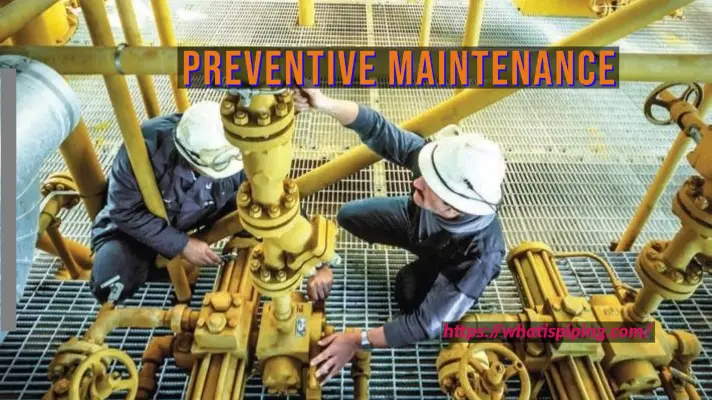
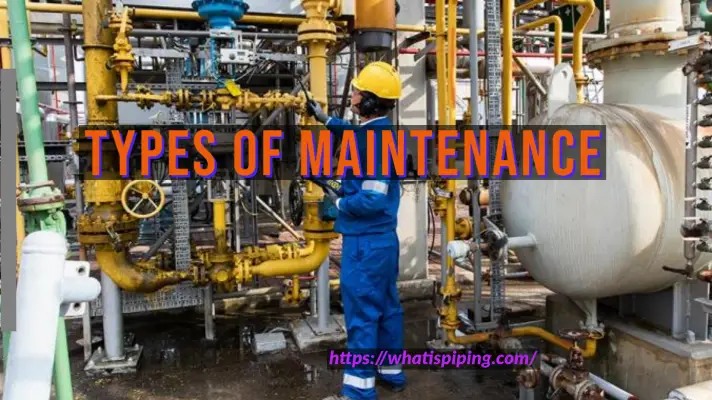
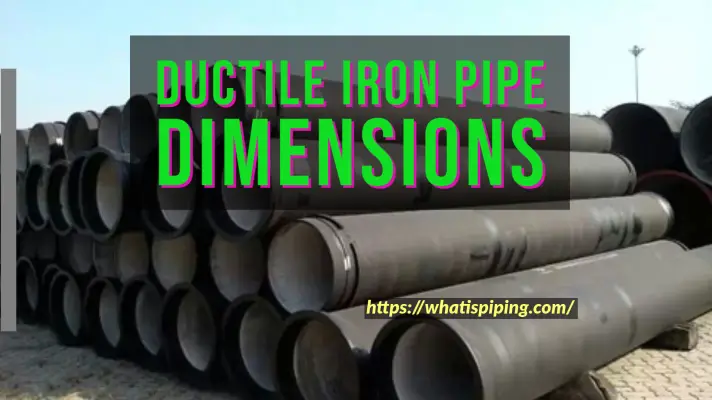

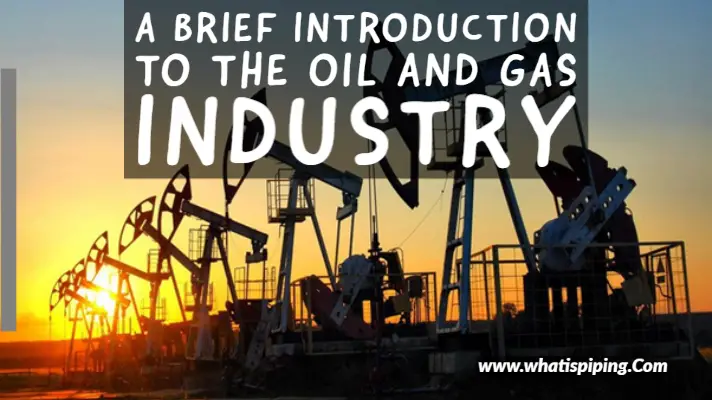
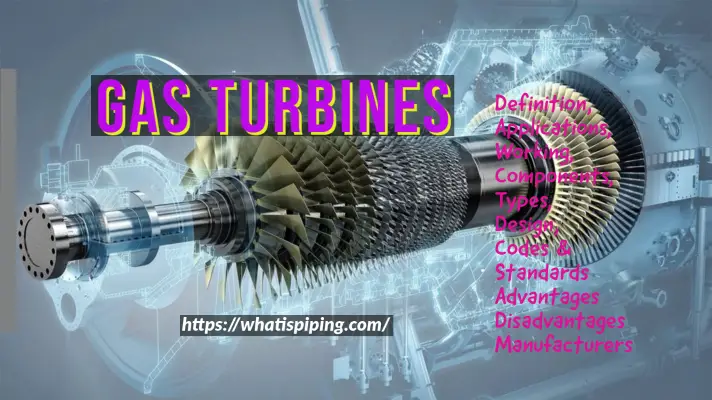
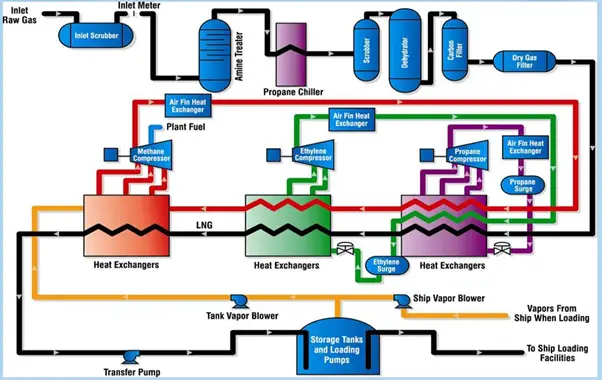
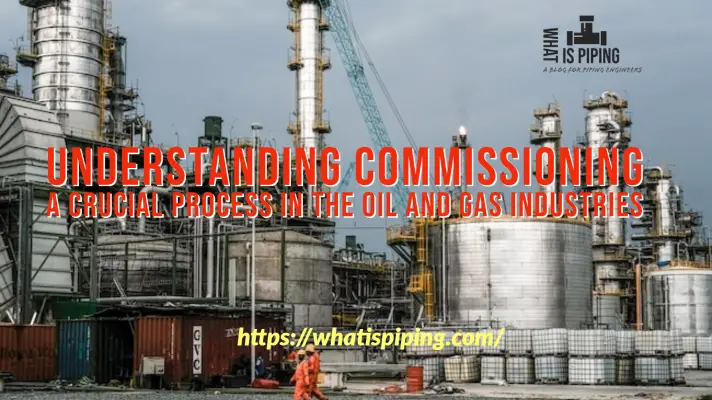
My name is Marah ,i’m an petroleum Engineer
But i turned into piping Engineer
Anyone here ,can help me How I started that?!